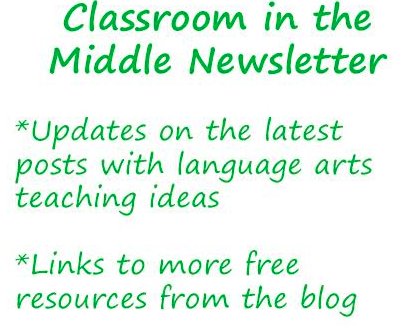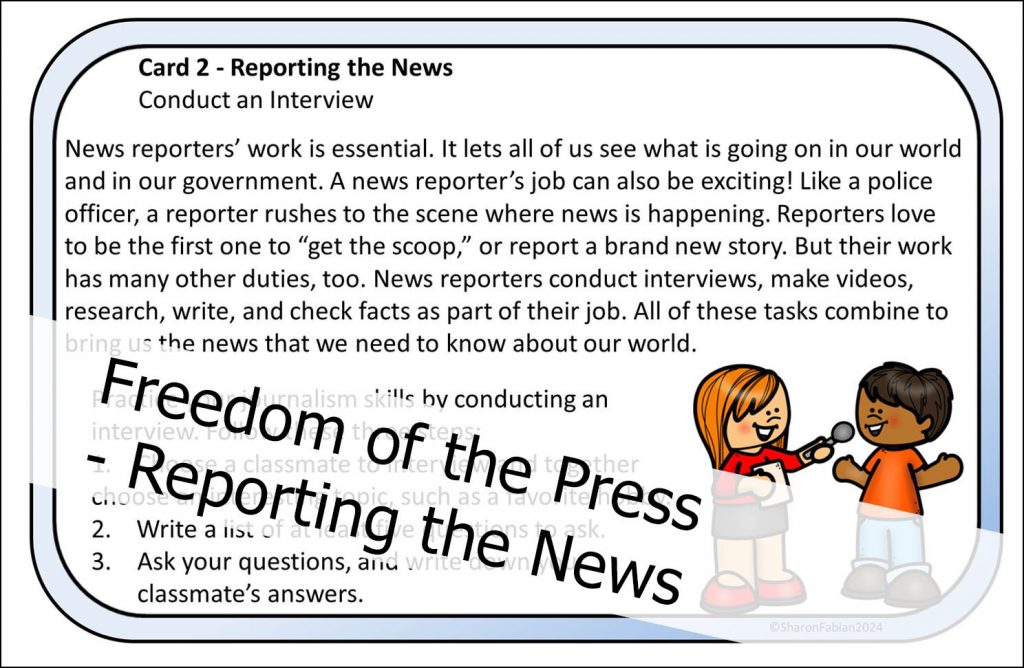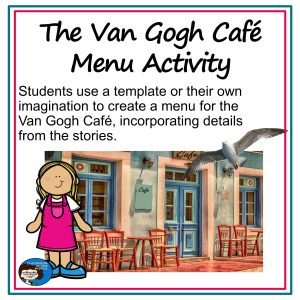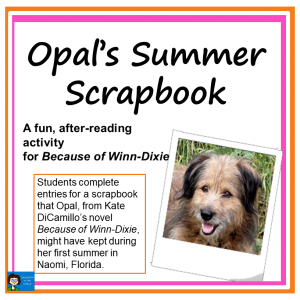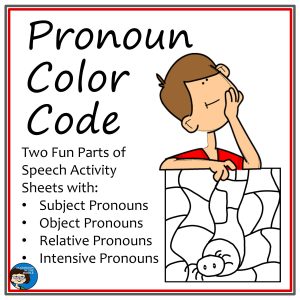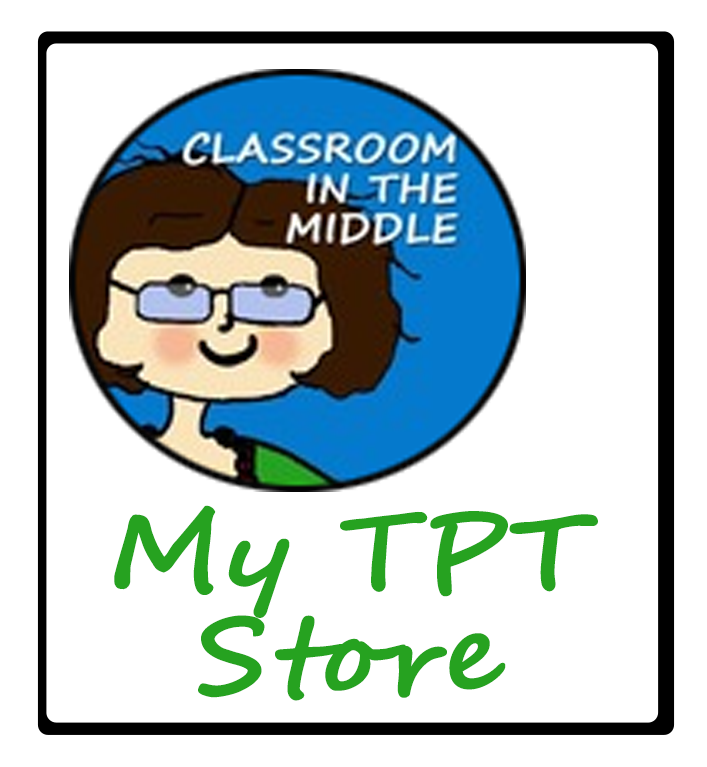Freedom of the press – it’s such an important and timely topic – and has been ever since the beginning of our country, back when one-page broadsides read aloud on the main street kept citizens informed. Today with an infinite number of pages and screens full of information, it is still just as important – maybe even more so!
The middle grades are a great time for kids to dig deeper into the idea of press freedom and its importance in our democracy. It’s a topic that’s sure to bring up interesting class discussions and, of course, fits right in with with language arts because it’s all about communication.
Freedom of the Press content is easy to incorporate into skills lessons on reading (informational text), writing (informative and persuasive), research, and media literacy.
When I was making my Freedom of the Press Task Cards, I tried to incorporate a little of each of of these skill areas in the questions and activities along with press freedom content.
This is the assortment of topics that I chose to include for the content:
- First Amendment Freedoms
- Limits to First Amendment Freedoms
- Misinformation
- Disinformation
- News vs Opinion
- Pioneers in Journalism
- News Sources
- Social Media
- Shared Reality
- Local News
- News Deserts
- Political Cartoons
- Early American Newspapers
- Quotes about the Importance of a Free Press
I’ll show you some of the cards so that you can see the topics and skills addressed.
Card 1 quotes a passage from the First Amendment to the Bill of Rights, the root of our freedom of the press here in the United States, and its illustration of a postage stamp has a message which says that freedom of the press is “a root of our democracy.” The questions for these bits of primary text require students to incorporate what they already know and their own ideas with the details from the text.
Card 2 is about the job of a news reporter, and the activity directs students, step by step, to conduct an interview with a classmate.
Card 7 gives an example of accidental misinformation, and then poses what-would-you-do questions about misinformation spread by gossip.
Card 8 defines information, misinformation, and disinformation and then asks students to think of examples of misinformation or disinformation and to consider what effects these types of writing might have on readers.
I’ve also made two digital versions of these task cards – one on TPT’s Easel and one on Google Slides (your choice) – that are included with the printable cards in my store. These cards are ready for student use with one card per slide and with answer boxes and directions to make them ready for student use.
Freedom of the Press and Media Literacy Resources






